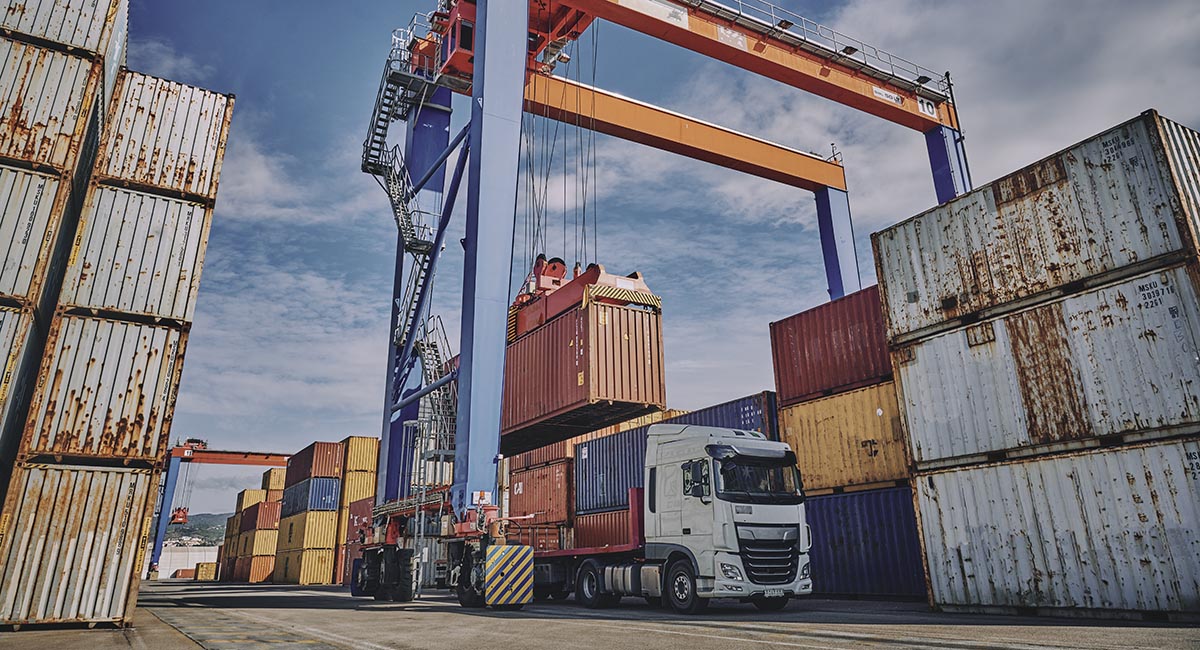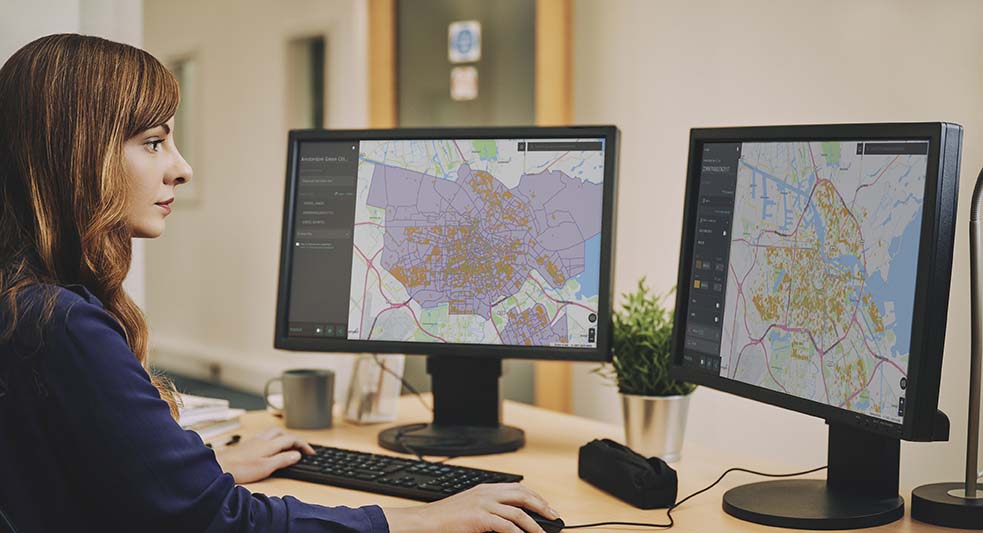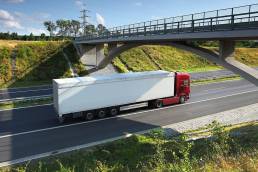In today’s competitive logistics landscape, having the right fleet management software (FMS) is a game-changer. Whether you manage delivery vans, service vehicles, or long-haul trucks, a modern FMS can reduce operating costs, improve safety, and simplify compliance.
But with countless options available, how do you know what to prioritize? Below, we explore the 10 essential features to look for when choosing a fleet management solution.

1. Real-Time Vehicle Tracking
Real-time GPS tracking is a must-have. It lets you know where each vehicle is at any given moment, helping with dispatch, route planning, and responding to delays. This feature not only increases operational transparency but also boosts customer confidence by providing accurate ETAs.

2. Route Optimization
Smart route optimization uses real-time traffic data and delivery priorities to generate the most efficient routes. This helps reduce fuel consumption, avoid delays, and maximize delivery windows.
Routing engines powered by HERE Technologies can dynamically adjust routes based on live traffic conditions, road closures, and vehicle profiles—ensuring your fleet always takes the smartest path.

3. Driver Behaviour Monitoring
An effective vehicle tracking system includes tools to monitor speeding, harsh braking, cornering, and idling. These insights promote safer driving, lower insurance premiums, and reduce wear and tear on your vehicles.

4. Maintenance Scheduling
Look for features that track engine hours, mileage, and service history to automate maintenance alerts. Preventative maintenance minimizes breakdowns and extends vehicle life.

5. Fuel Management Tools
Track fuel purchases, usage patterns, and cost anomalies across your fleet. Integrated fuel management systems help detect fraud, reduce consumption, and support sustainability initiatives.

6. Compliance and Reporting
Ensure the FMS supports key compliance requirements such as Hours of Service (HOS), ELD mandates, and DVIR (Driver Vehicle Inspection Reports). Automated reporting simplifies audits and keeps you regulation-ready.

7. Geofencing Capabilities
Geofences allow you to define virtual perimeters around locations like job sites or warehouses. Get alerts when vehicles enter or exit specific zones—useful for monitoring unauthorized use or ensuring timely arrivals and departures.

8. Scalability and Integration
Your software should scale with your fleet as it grows. Make sure it integrates with existing platforms such as ERP, TMS, telematics, and accounting systems for seamless workflows and data sharing.

9. Mobile App Access
A mobile-friendly solution ensures that both drivers and fleet managers can stay connected on the go. Drivers can log activity, view routes, and receive updates, while managers can track performance and respond to incidents from anywhere.

10. Advanced Analytics and Reporting
Look for interactive dashboards and custom reports that provide insight into KPIs like delivery times, fleet utilization, idle hours, and fuel efficiency. Data-driven decisions lead to measurable improvements.
Final Thoughts: Invest in Efficiency and Visibility
Choosing the right fleet management software goes beyond checking off a feature list—it’s about finding a platform that fits your operational needs, integrates seamlessly with your existing systems, and scales as your business grows.
Location intelligence is foundational to many of these features, from tracking and routing to geofencing and analytics. That’s where HERE Technologies stands out. As a trusted provider of mapping and location services, HERE offers the precision, reliability, and scalability that modern fleets require.
By prioritizing the right features—and choosing solutions built on strong platforms like HERE—you’ll be better equipped to streamline operations, reduce costs, and gain a competitive edge in your industry.
👉 Get in touch with our team to explore how the right fleet tools can accelerate your business.



